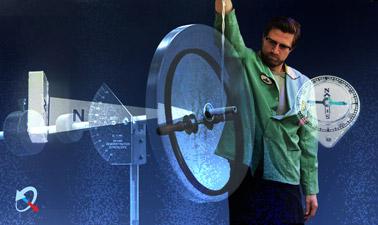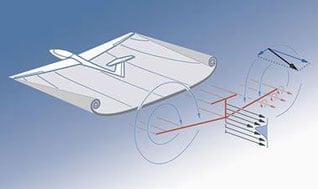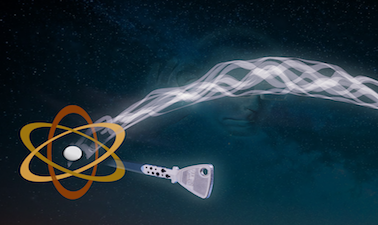The online radioactivity simulations will help you to understand the basic principles of radioactivity and will show you how to illustrate some of its most important associated concepts such as radioactive dating and half-life.
Radioactivity is the phenomenon by which some chemical elements, called radioisotopes, spontaneously emit radiation. This radiation can be in the form of alpha particles, beta particles, gamma rays or a combination of these types of radiation.
Radioactivity occurs due to the nuclear instability of certain atoms. The nuclei of these atoms are unstable and tend to decay, releasing energy in the form of radiation. This radiation can have ionizing effects, which means that it can release electrons from the atoms and molecules with which it interacts.
Radioisotopes are used in a variety of applications, such as in nuclear medicine for the diagnosis and treatment of disease, in industry for the inspection of materials, and in nuclear power generation.
Radioactivity can be dangerous to living beings if excessive exposure occurs or if radioactive materials are released into the environment in an uncontrolled manner. Prolonged exposure to ionizing radiation can have detrimental health effects, such as cell damage, genetic mutations and increased risk of developing cancer. Therefore, precautions must be taken and safety limits established to minimize exposure to radioactivity and protect people and the environment.
In the event of a nuclear or radiological incident, it is important to follow the directions of the authorities and evacuate or take protective measures as necessary. Regulatory agencies and nuclear safety programs are responsible for monitoring and regulating the use of radioactive materials to ensure the protection of public health and the environment.
Explore the exciting STEM world with our free, online simulations and accompanying companion courses! With them you'll be able to experience and learn hands-on. Take this opportunity to immerse yourself in virtual experiences while advancing your education - awaken your scientific curiosity and discover all that the STEM world has to offer!
- Detection
- Shield
- Half-Life I
- Half-Life II
- Dating
Half-Life I
In radioactivity, the half-life is the time interval required for half of the atomic nuclei in a radioactive sample to decay. If the half-life passes again, half of the remaining mass will remain (1/2, 1/4, 1/8, 1/16, 1/32, …) The mass gets smaller and smaller, but there is always a little bit left.
Radioactive dating
This simulation explains the concept of half-life, including the random nature of half-life, in terms of single particles and larger samples. It describes decay processes, including how elements change and emit energy and/or particles. Explains how radiometric dating works and why different elements are used for dating different objects. Also identifies that 1/2 life is the average time for a radioactive substance to decay.
File
This Java simulation cannot run on this device because it has a screen that is too narrow. We recommend that, for a better user experience, you run it on a device with a wider screen.
Although this Java simulation can be run on your device, we recommend that for the better user experience, you run it on a device with a wider screen.
Cursos de Química


Pre-University Chemistry



Big Bang and the Origin of Chemical Elements



Preparing for CLEP Chemistry: Part 1



Quantum Mechanics of Molecular Structures



Quantum Mechanics for Scientists and Engineers 2



Quantum Mechanics for Scientists and Engineers 1



Quantum Mechanics for Everyone

Other courses


Electrotechnique I



Remote Sensing of Wildfires



Antarctica in a Changing Climate



How to Learn Math: For Students



Flight Vehicle Aerodynamics



Quantum Cryptography



Microstructural Evolution of Materials Part 1: Statistical Mechanics



Silicon Photonics Design, Fabrication and Data Analysis



















